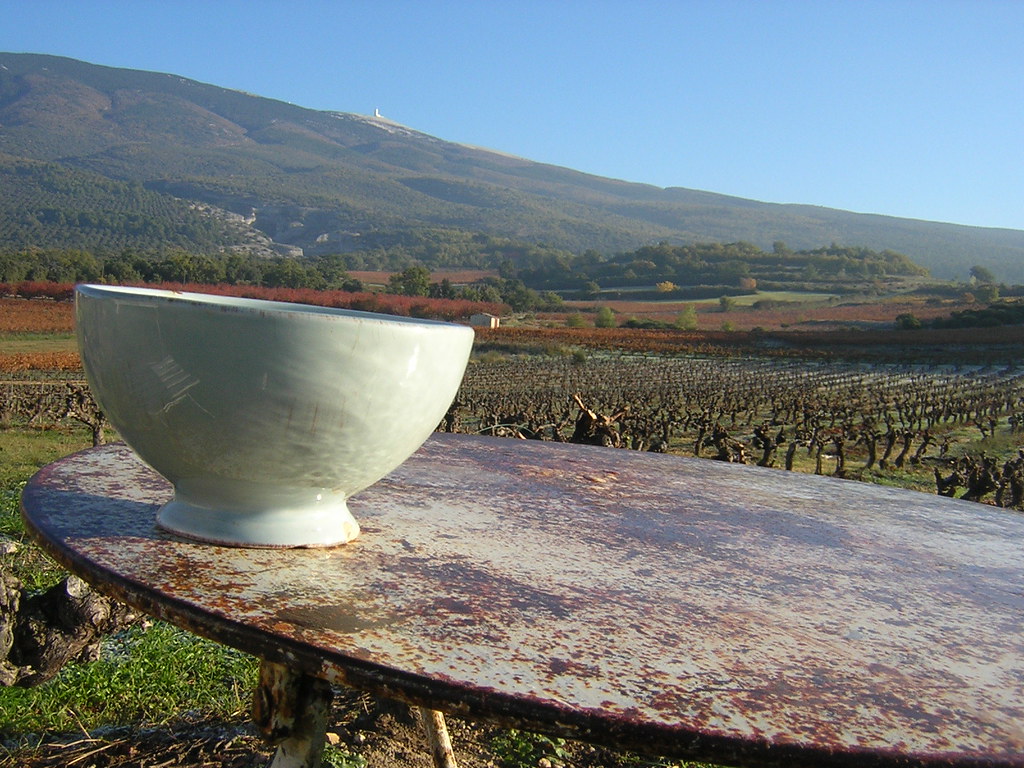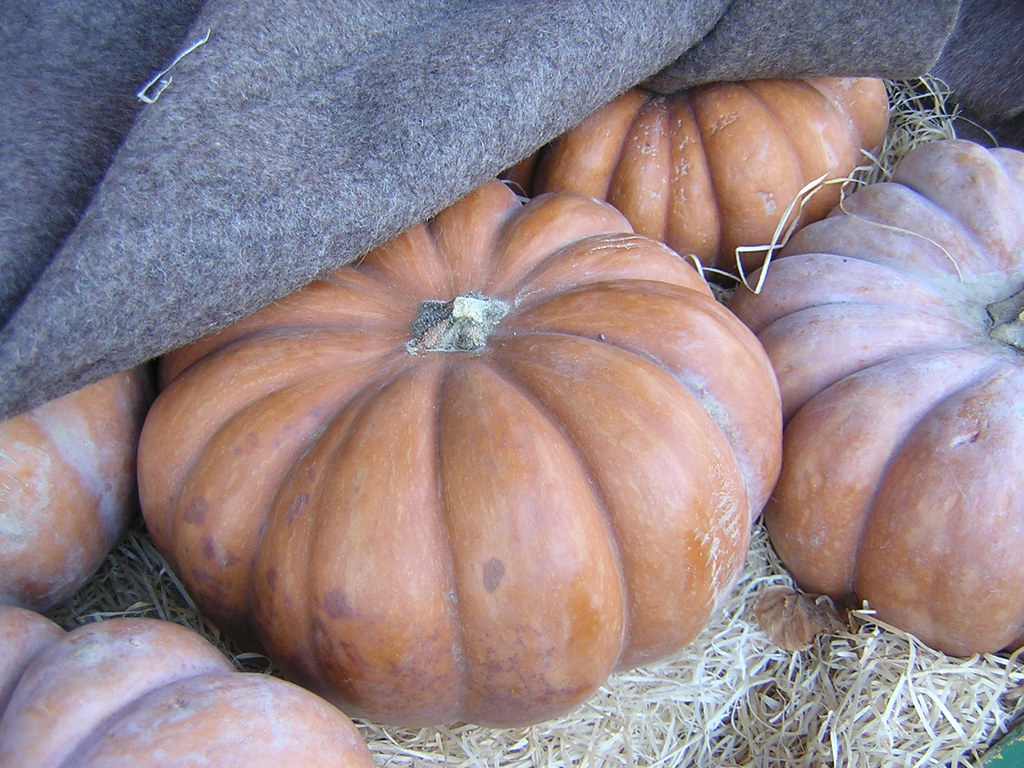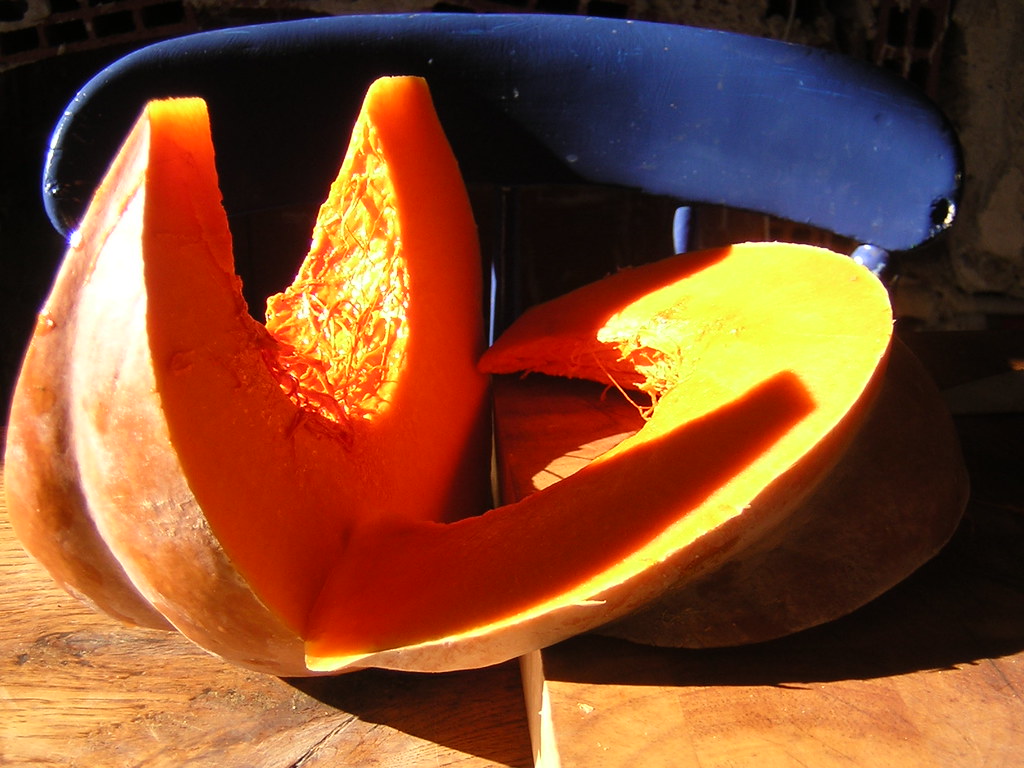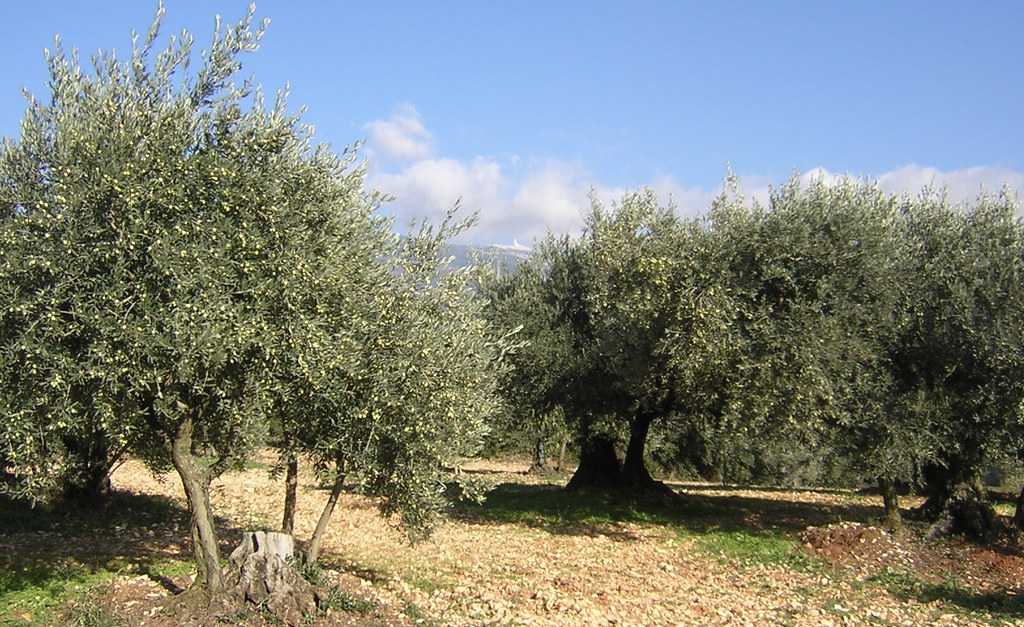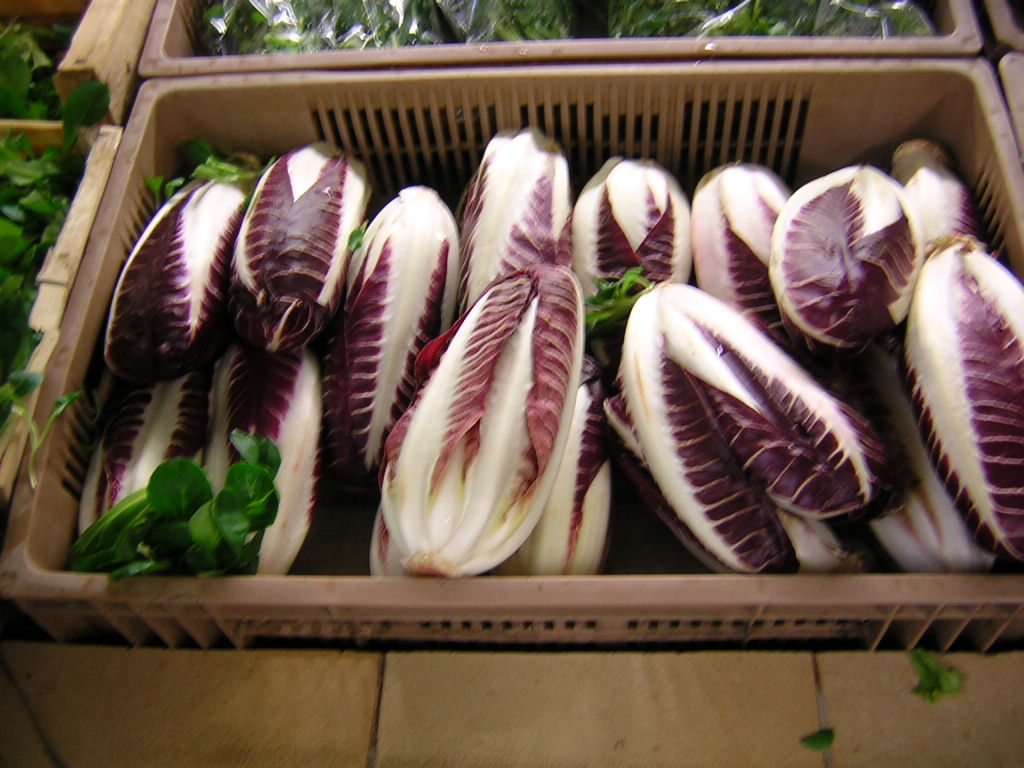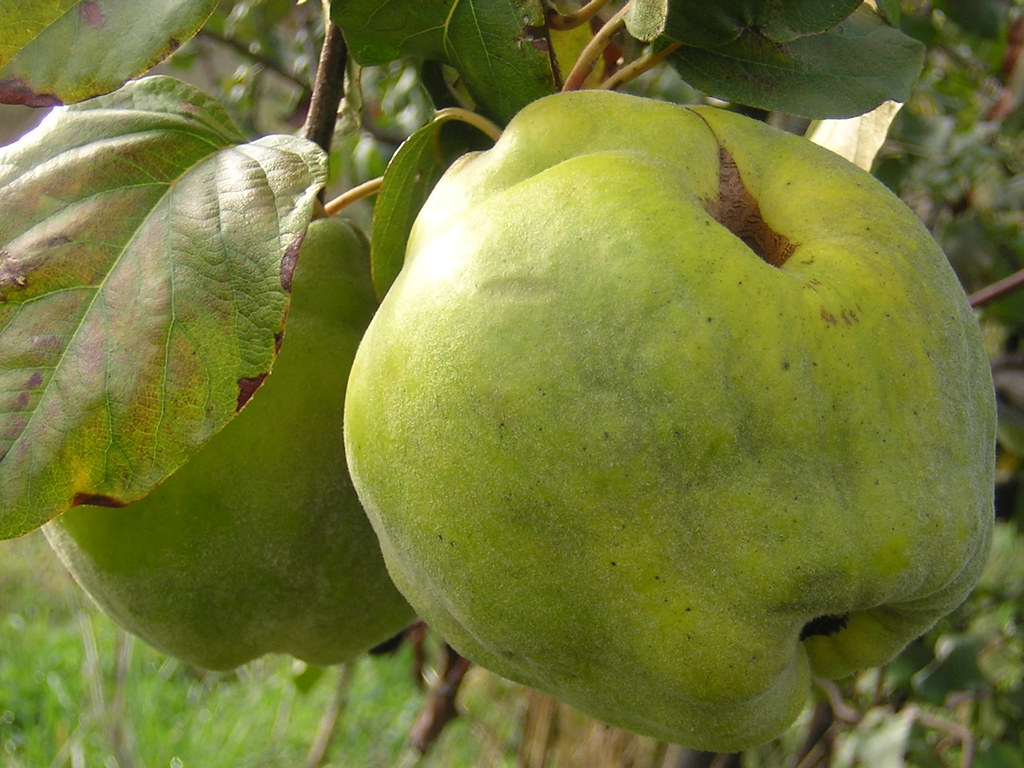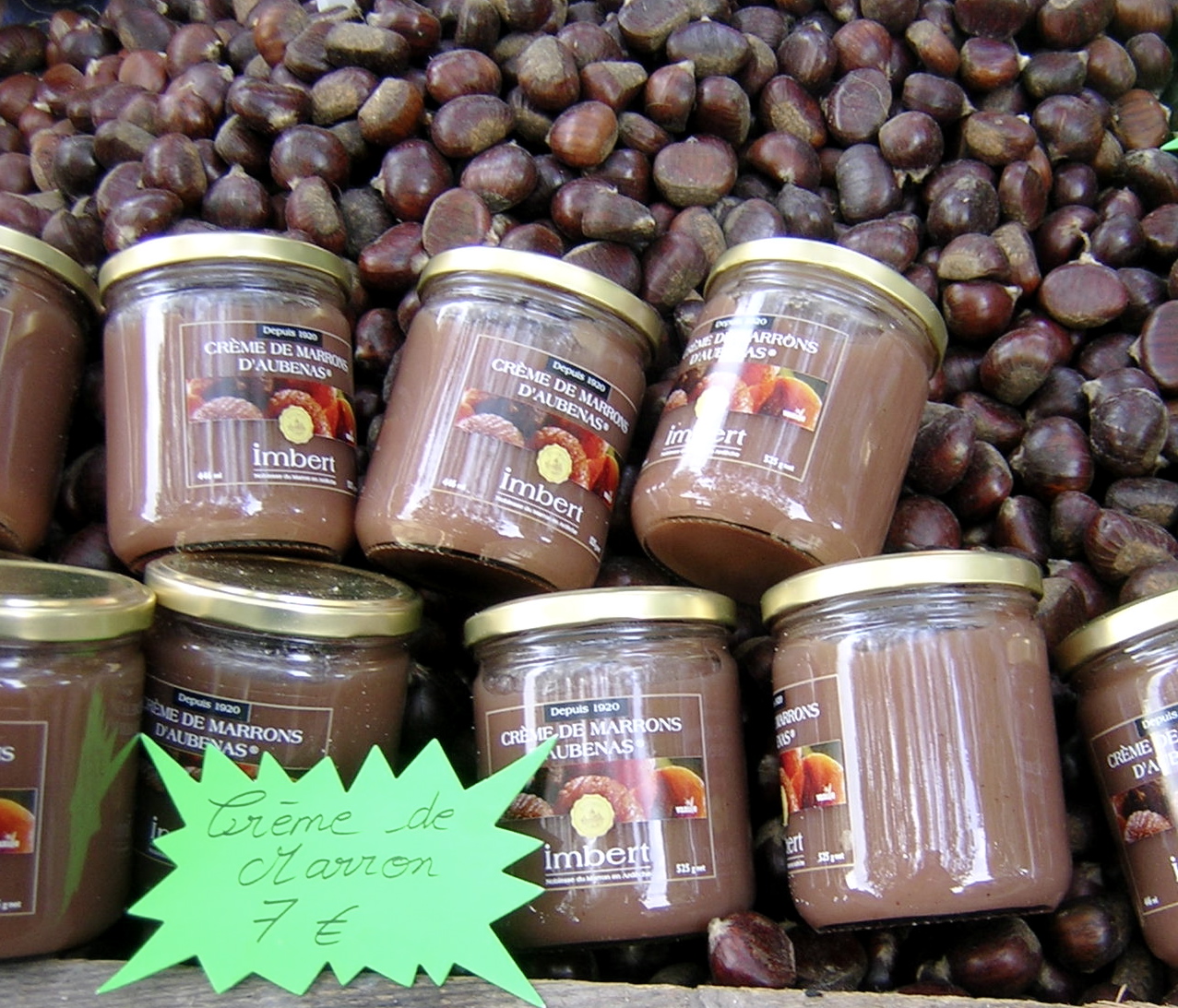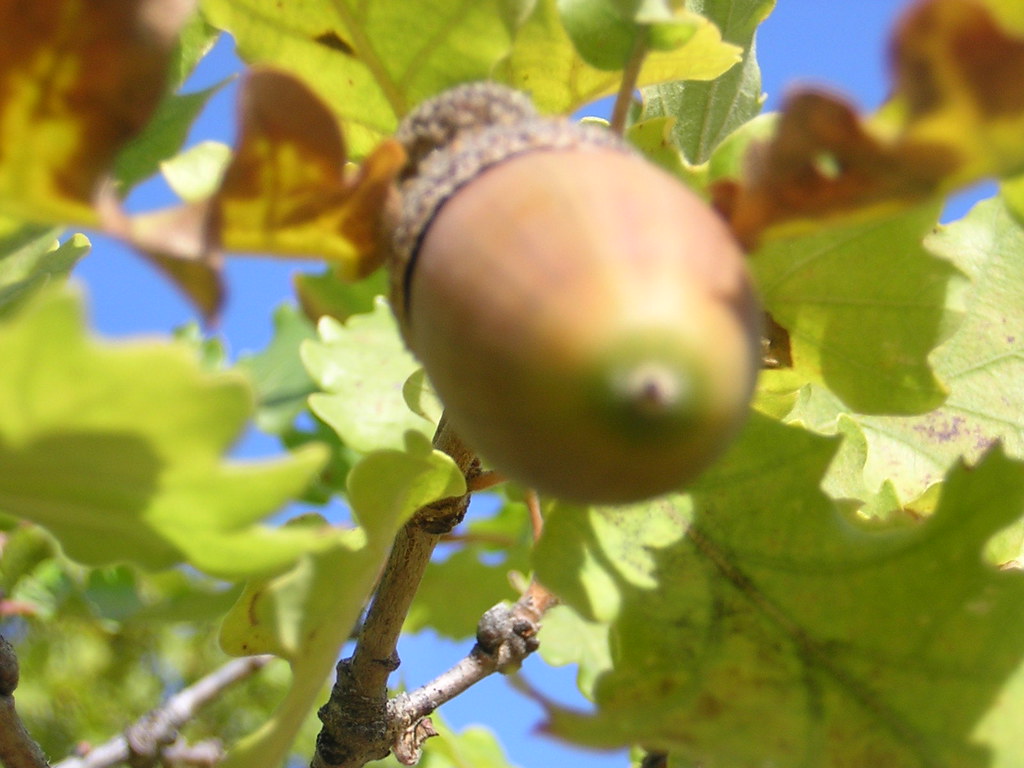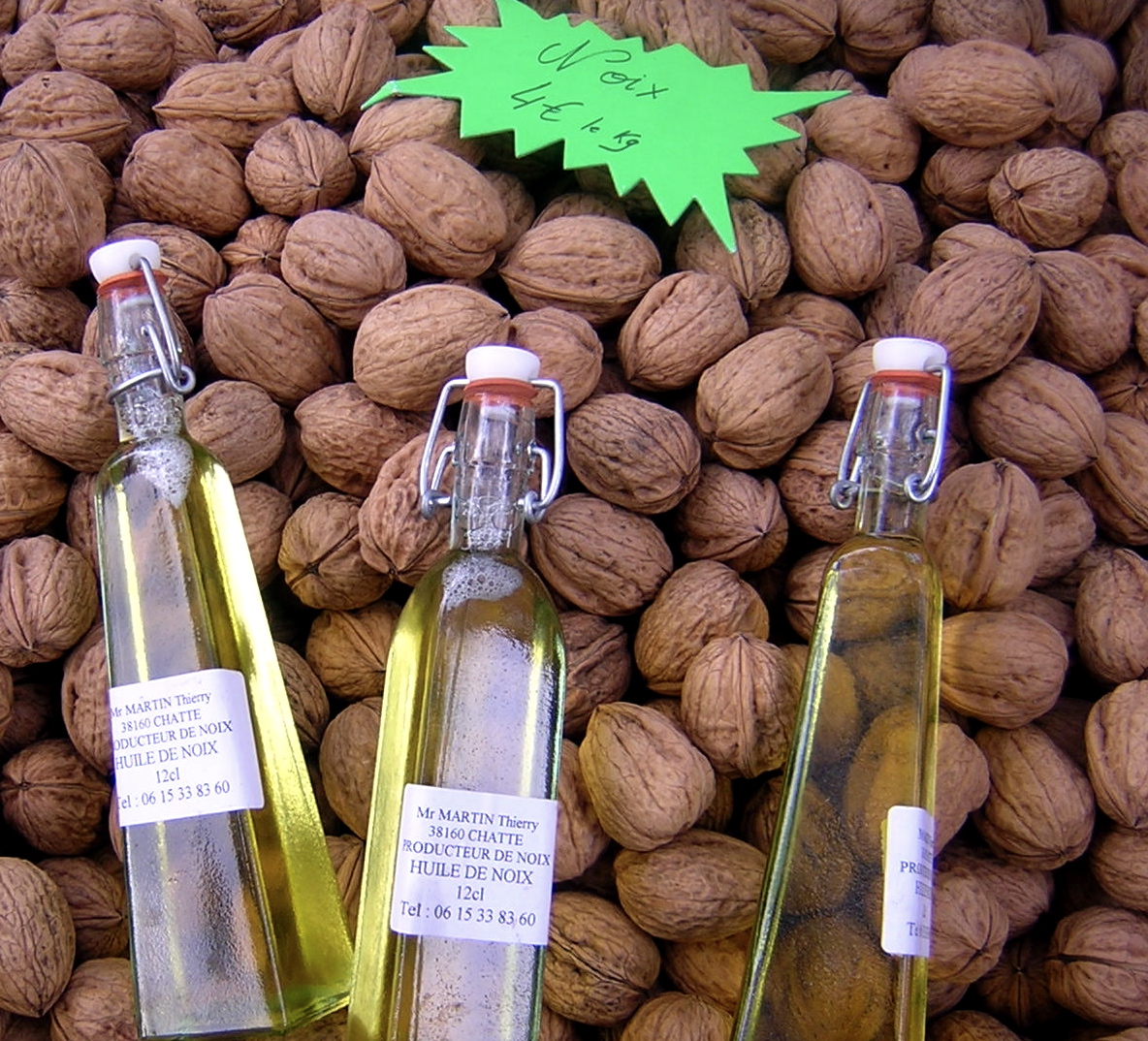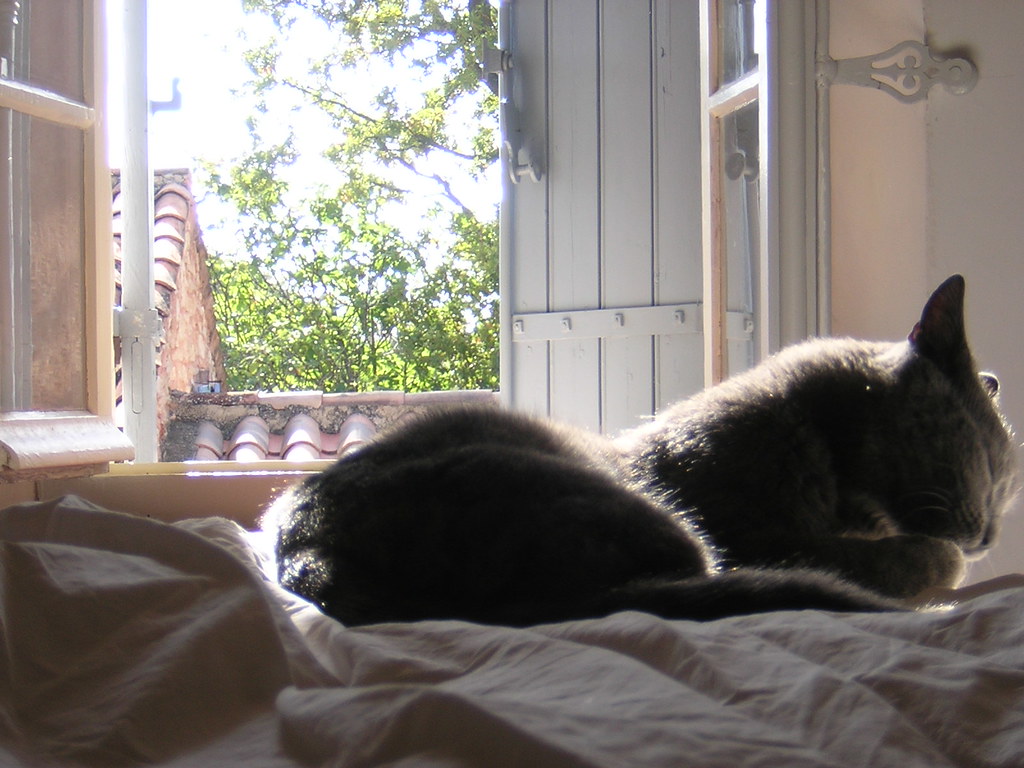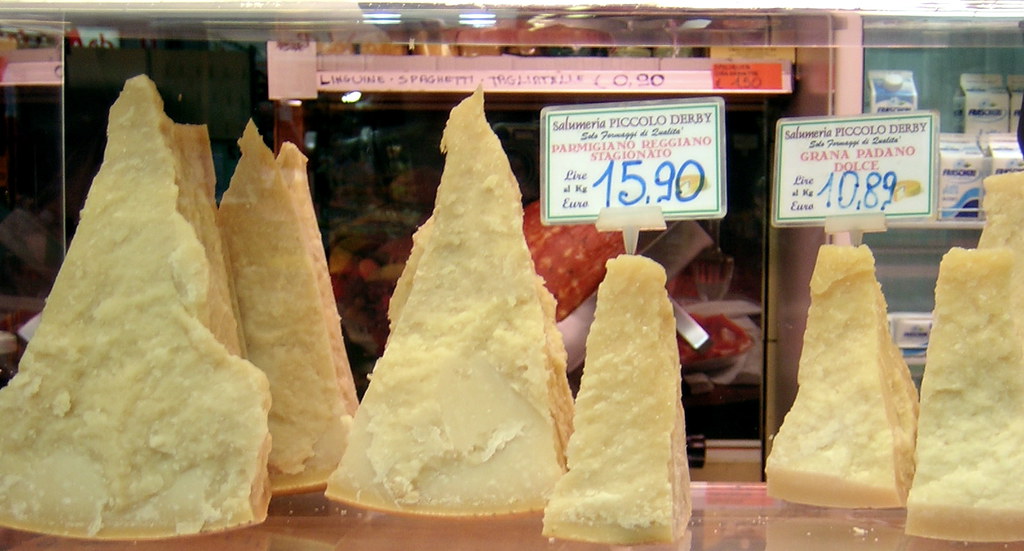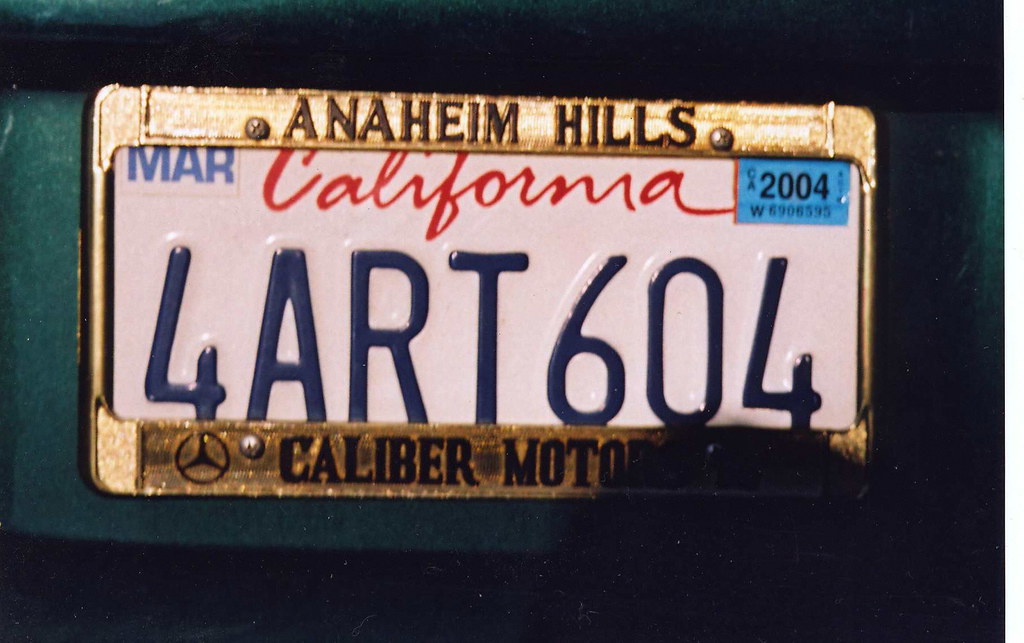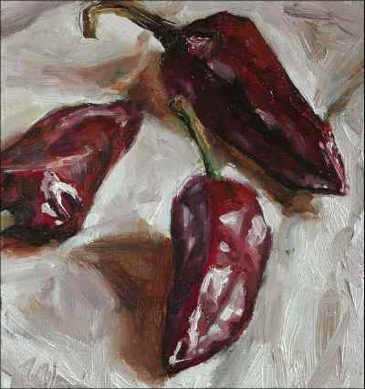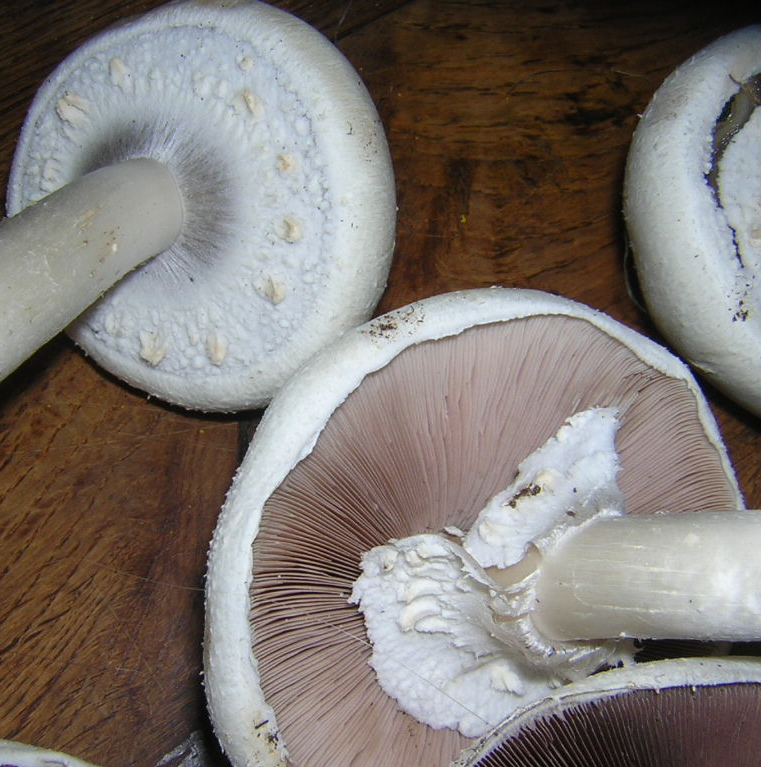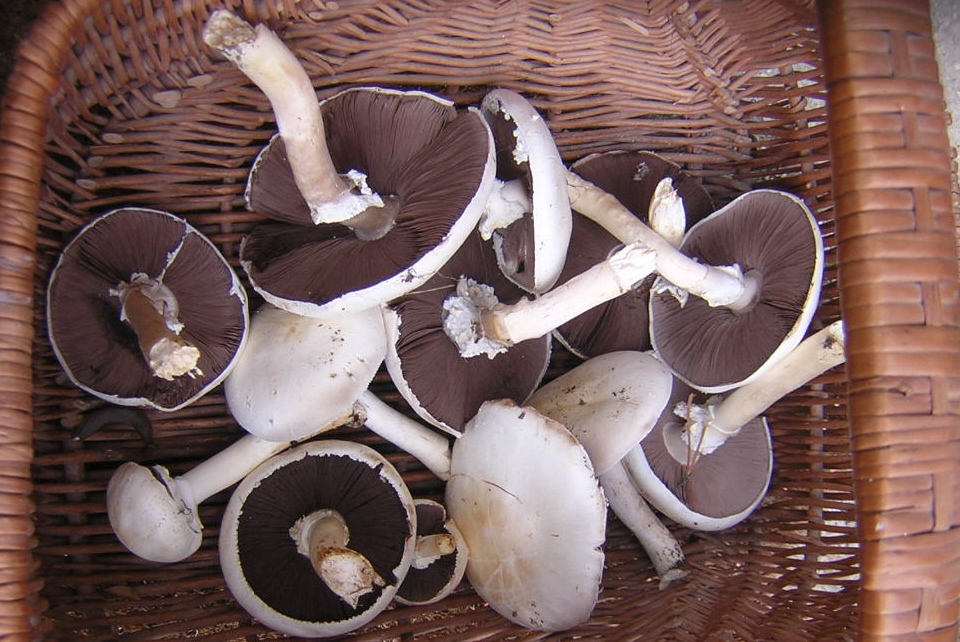tuning
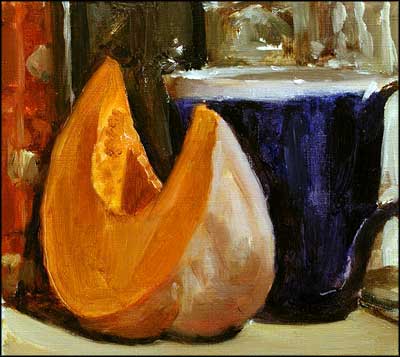
Last night Julian and I made pumpkin and walnut ravioli just like those magical mystery pockets I used to eat in Ferrara. There was the pumpkin left over from the still life, there was the leftover pasta dough and there we were, suddenly, roasting and filling and plopping them in boiling water for a second until they floated to the top of the pan perfectly al dente…we followed it (after a quarter of a scrabble game and the last episode of the O.C.) with sheep’s yoghurt and fresh chestnut purée from the market. I was on a high, It all felt so ‘in tune’…..
Driving to the village this morning I heard an Indian classical music group on the radio. I had been listening a few minutes when I realized that there had been no division between their ‘tuning’ and their ‘performance’. Their tuning had been part of the piece both for them and for their audience.
I thought about the rough scraping of strings, which often precedes an orchestral performance on stage and I felt ashamed. I have always felt that such a racket should never pollute the ear before a thing of such beauty. It is like eating a double cheeseburger before a fine truffle risotto.
So what is tuning, I ask myself, and what, indeed, is in tune?
In my dictionary the word attune means ‘to make receptive and aware’. This is not what we in the West are doing in general as we whack our A and D strings. When I listen to musicians such as those I heard this-morning I remember these musicians are tuning not just their strings to each other, but they are tuning their listening, their body their spirit and their heart too. They are becoming one with their instrument, the acoustic and the public. They are opening themselves to what might move through them. They are focusing their attention and their priming their intention.
Intonation too is interesting. I have often had the experience of knowing someone is playing ‘in tune’ and yet not feeling with what – like someone speaking a foreign language where the prosidy is learned but not yet understood. Though they are speaking correctly I don’t get their meaning. Intonation, just as in speech, is both the melody of the text and it’s context (harmony). How we hear a note, therefore, is inseparable from the intention and understanding of the musician, which is why a great pianist can have expressive intonation. Even though his instrument is ‘tempered’ – tuned the same throughout so it can fit any tonality - his intention can be so strong that we hear the notes tuned exactly how he wants us to hear them. He can make us hear the same note ‘flat’ in a melody whilst a bar later tempered within a harmony.
All of which, naturally, has nothing to do with pumpkin ravioli.


